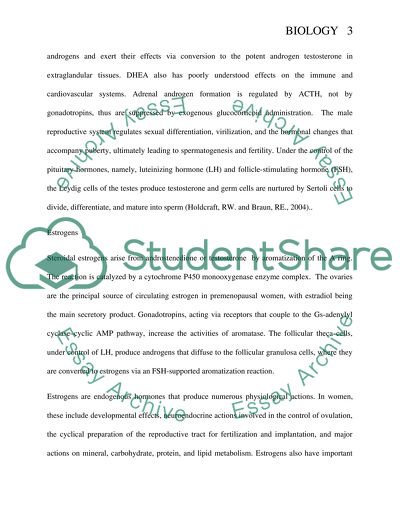Cite this document
(“Biology of Androgens and Estrogens Essay Example | Topics and Well Written Essays - 1500 words”, n.d.)
Biology of Androgens and Estrogens Essay Example | Topics and Well Written Essays - 1500 words. Retrieved from https://studentshare.org/miscellaneous/1531932-biology-of-androgens-and-estrogens
Biology of Androgens and Estrogens Essay Example | Topics and Well Written Essays - 1500 words. Retrieved from https://studentshare.org/miscellaneous/1531932-biology-of-androgens-and-estrogens
(Biology of Androgens and Estrogens Essay Example | Topics and Well Written Essays - 1500 Words)
Biology of Androgens and Estrogens Essay Example | Topics and Well Written Essays - 1500 Words. https://studentshare.org/miscellaneous/1531932-biology-of-androgens-and-estrogens.
Biology of Androgens and Estrogens Essay Example | Topics and Well Written Essays - 1500 Words. https://studentshare.org/miscellaneous/1531932-biology-of-androgens-and-estrogens.
“Biology of Androgens and Estrogens Essay Example | Topics and Well Written Essays - 1500 Words”, n.d. https://studentshare.org/miscellaneous/1531932-biology-of-androgens-and-estrogens.


